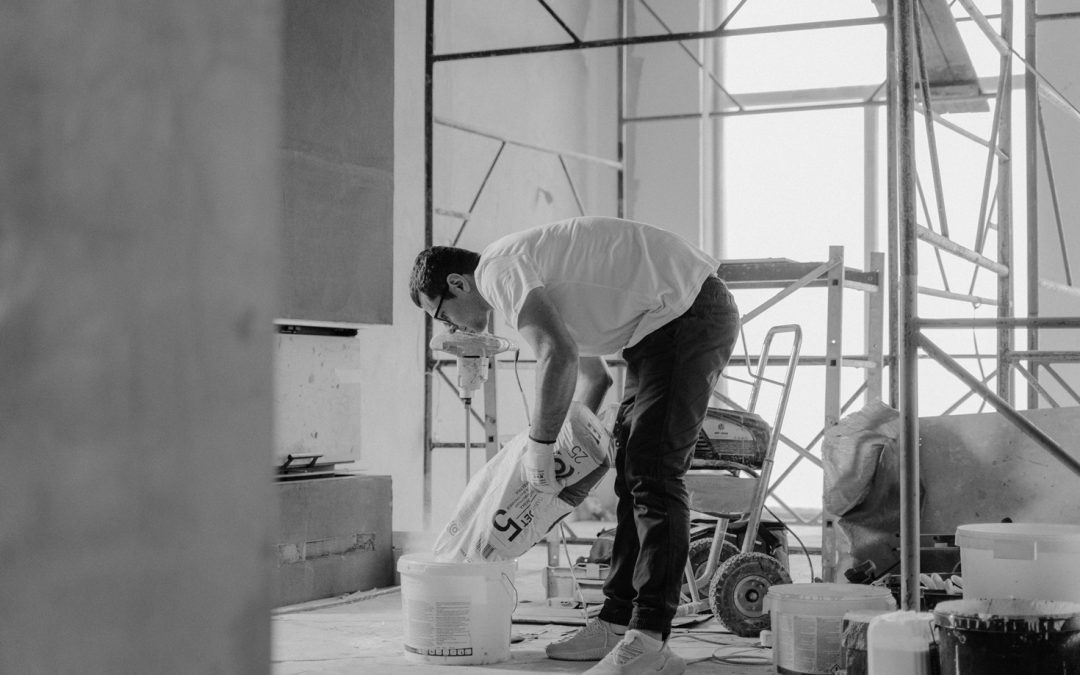The home building industry is evolving rapidly, with new trends and technologies reshaping how projects are managed and executed. Staying updated with the latest strategies is crucial for any business looking to thrive in this competitive market.
According to a report by McKinsey & Company, companies that adopt new strategies and technologies grow faster than those that don’t. Leveraging these innovations can significantly boost the growth of your home-building business in 2024.
In this article, we will explore some of the latest strategies you can use to make the most of your home-building business.
Dig in!
Key Trends Shaping the Home Building Industry in 2024
Technology-Driven Project Management
Technology is transforming project management in the home building industry. Gone are the days of relying solely on manual processes and traditional methods. Various software tools are available today to make managing projects more efficient and streamlined. These tools can handle everything from creating a Pre-Construction Checklist to offering real-time updates to customers. For example, your team members can start their day with a clear to-do list, ensuring everyone is on the same page about the project’s progress.
These project management tools offer several benefits. They improve communication by providing a centralized platform where all stakeholders can share updates and feedback. This reduces errors, as everyone involved has access to the latest information. Additionally, these tools increase efficiency by automating many routine tasks, allowing your team to focus on more critical aspects of the project. By integrating these technologies into your business, you can ensure smoother project execution and better outcomes.
Sustainable and Eco-Friendly Building Practices
The demand for sustainable building practices is growing rapidly. Homebuyers are increasingly looking for eco-friendly options that minimize environmental impact. This trend is not just a passing fad but a standard expectation in the industry.
To meet this demand, consider adopting sustainable techniques such as using recycled materials, energy-efficient designs, and green building certifications. For instance, using recycled steel or reclaimed wood reduces waste and gives your builds a unique, eco-friendly appeal.
Energy-efficient designs attract eco-conscious clients who want to reduce their carbon footprint. Additionally, obtaining green building certifications can enhance your reputation and make your projects more attractive to buyers.
Adopting these practices has significant benefits. Not only does it help the environment, but it also reduces long-term costs for both builders and homeowners. Moreover, positioning your business as a leader in sustainability can differentiate you from competitors and attract a broader client base.
Smart Home Integration
Smart home technology is no longer a luxury but a standard feature in new builds. As more homeowners seek convenience and security, integrating smart home features into your projects can set your business apart.
The latest smart home technologies include automated systems, energy management tools, and enhanced security options. Automated systems allow homeowners to control lighting, heating, and appliances through their smartphones, making daily life more convenient.
Energy management tools like smart thermostats optimize energy use, reducing costs and environmental impact. Enhanced security options, like smart locks and surveillance cameras, provide peace of mind by allowing homeowners to monitor their property remotely.
Offering smart home solutions meets modern client expectations and differentiates your business in a crowded market. Clients are more likely to choose a builder who offers the latest technologies that improve their quality of life. Integrating smart home features into your builds can increase satisfaction and more referrals.
Modular and Prefabricated Construction
Modular and prefabricated construction is gaining traction as a growing method in the industry. These techniques involve assembling sections of a building in a factory before transporting them to the construction site for final assembly.
Modular construction streamlines the building process, reducing costs and shortening project timelines. Since much of the work is done in a controlled factory environment, there is less risk of delays due to weather or other site-related issues. This method also allows for better quality control, as each module is built to exact specifications before being delivered to the site.
The benefits of modular construction are clear. It offers efficiency and scalability, allowing you to complete projects faster and with fewer resources. This appeals to clients looking for cost-effective and timely builds. By adopting modular construction techniques, you can attract more clients and increase your capacity to take on multiple projects simultaneously.
Conclusion
In 2024, the home building industry will continue to evolve with new trends and techniques. You can stay competitive and grow your business by embracing technology-driven project management, sustainable building practices, smart home integration, modular construction, and personalization. Additionally, leveraging digital marketing, enhancing client experience, and building strong industry relationships will further support your growth.
Photo by Tima Miroshnichenko: https://www.pexels.com/photo/man-in-white-t-shirt-and-black-pants-holding-plastic-bag-6474294/

Recent Comments